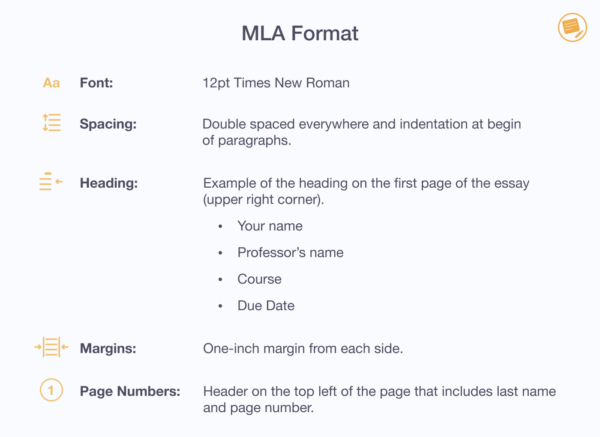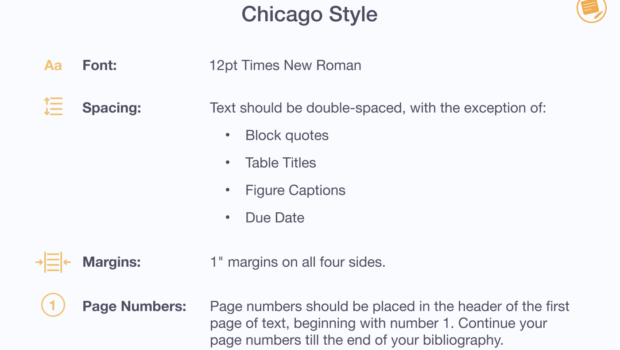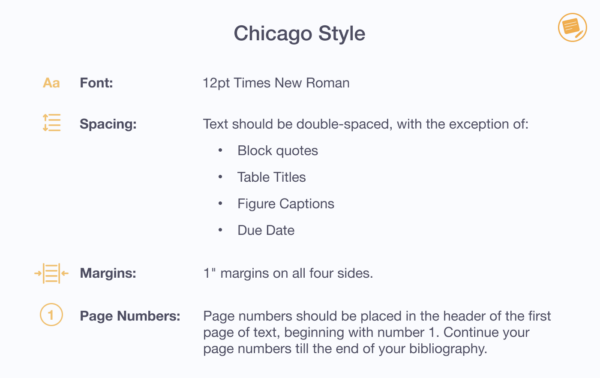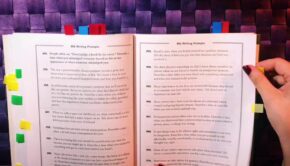Three Rare Formats of Essays and When Students Should Use Them
Whenever you set out to write an essay or a research paper, you need to consider the formatting. Yes, the idea that you are going to disclose in your essay, the materials that you’re going to use, as well as the tone of your paper matter as well. But if your paper is formatted wrong, the chances are that your grades will suffer or your paper won’t be accepted at all.
Thus, formatting is crucial to your writing tasks. While you can always opt for addressing a writing essays service, you need to check the paper before submitting it. The format is something that you need to know by heart to craft a great essay. So, here are the main rules that you need to keep in mind:
- The page margins should be 1 inch on all sides.
- You should use double-space in all the text, headings included.
- The first line of the paragraph should have an indent of 0.5 inches.
- The font must be either Times New Roman or Georgia.
- Each page must have a page number.
Familiar with these rules? Probably yes, as these are for the APA format style – one of the most commonly used formatting styles, along with MLA. But what if your writing task requires some specific format that you are not well acquainted with?

Regardless of whether you’re going to do the task on your own or hire a professional writer, you need to make sure that everything is edited correctly. It may not be important when you need to submit math homework https://essayservice.com/do-my-math-homework, but it matters when your writing tasks require one of the rare formats. So, let’s check out the main rules of the rare styles that you may come across throughout your education.
ASA
It’s quite close to APA, still, there are some minor differences. The style is generally used for manuscripts that people submit for publication in the ASA journals. ASA stands for American Sociological Associations. Yet, that doesn’t mean that you won’t be assigned to edit your research paper according to the style. Generally, it is applied to research papers on sociology.
So, the main thing to remember when formatting the paper in ASA is that you’re using double-space throughout the text, including footnotes, endnotes, references, etc. Blockquotes can be single-spaced, though. The text must be in Times New Roman only, in 12 points. Margins must be 1.25 inches on all sides.
Aside from that, you need to have a separate title page with the title of the work and your name. If you worked with someone else on the essay, the names of all authors should be listed in a column. You may also include a separate page with the title and a short abstract with a word count between 150 and 200. Despite the separate title page, the title must be at the beginning of the first page of the essay.
Another thing to remember is the citations. If you’re using in-text citations in the text, you must include the author’s last name and the year of publication in parentheses. In case you’re using a direct quote from a work, then, besides the last name of the author and the year of publication, you must add the page number.
Bluebook
Bluebook is a traditional style for legal writing. Yet, from time to time, it can be used for formatting an essay. And if your paper is on legal matters, you are even encouraged to use this style. Bluebook is quite practical and easy to follow when you learn the basic aspects of it. Most commonly, works should be typed in Times New Roman or any similar font. The font size should be 12 points.
Like most academic papers, the double space is utilized. Just like with APA, there are one-inch margins on all four sides. The footer is the preferred place for the page number, although you can use alterations. For example, the first page may contain the page number in the footer, while all other pages can have their numbers in the header.
Footnotes should be in the same font as the whole text, but the font size must be 10 points, instead of 12. You should also use Roman letters and numerals in headings and subheadings, so the difference between them is clear. Another option is using different fonts for headings and subheadings, so it is easy to tell what’s what.
Turabian
Turabian is another style that is rarely used in academic writing. Turabian can be called a simpler version of the Chicago formatting style, which is often used by scholars and publishers. The style is generally applied in manuscripts that are intended for publication and used for theses and dissertations.
The text should be double-spaced, except for the block quotations, table titles, and lists in appendices. They should be single-spaced. There are also special spacing recommendations. There should be one space at the end of the sentences and after the colons. The margins should be one inch on all sides, but certain institutions may have different requirements, i.e. a larger margin on the left side.
When using Turabian, the text should be justified to the left. Readable fonts, like Times New Roman and Arial, are usually applied, but the font size differs. When using Times New Roman, font size should be 12 points, while Arial requires 10 points. Still, footnotes, depending on your instructor’s guidelines, may have a different font sizing.
Page numbers should be in Arabic numerals when it comes to the text body. When it comes to the front page and table of contents, lowercase roman numerals should be applied. The placing of page numbers doesn’t have general rules, as it is decided individually by your institution.
Conclusion
So, these are the formats you can rarely see, but they do exist, and they are trickier than the typical ones. Before submitting your work in one of these formats, double-check the formatting specifications. Finally, extra points for a good format may help you get a much higher grade.

















